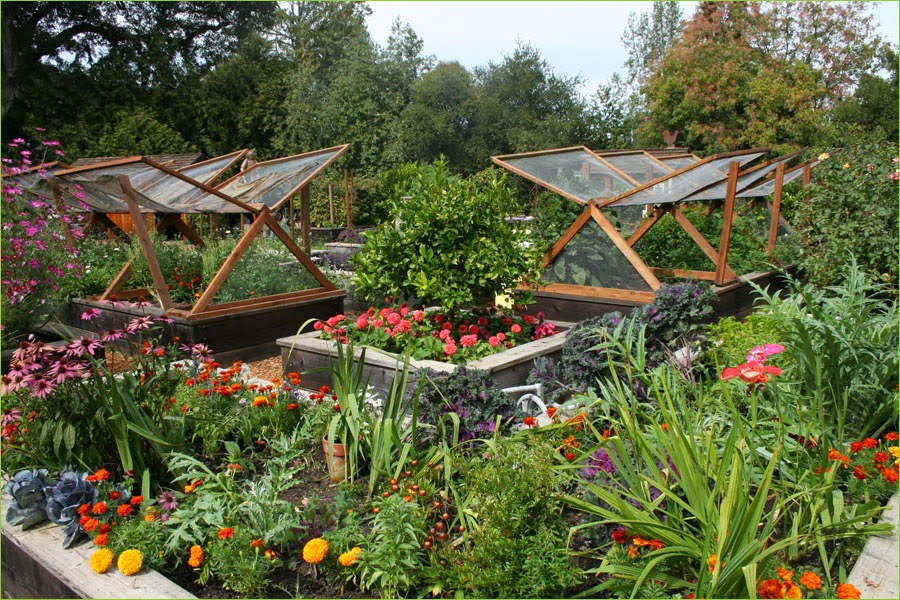If you like organic products and you fancy growing your own vegetables, take note of these simple suggestions to create your own garden on the deck or patio of your house

In recent years, the so-called urban gardens have become an alternative not only to take advantage of underutilized city spaces and disused, but also a way to share with others a hobby that helps them cope with the stress of the big city and return to the contact with the ground, working with our own hands. In the end, the reward is clear: our own products consumed directly.
People seeking the consumption of vegetables and organic vegetables; retirees who find this activity a way to keep fit and fill their free time neighborhood associations, schools, colleges … many found in urban farming a way to share more than one activity.
These urban gardens that were born in the U.S. and Australia have spread to other countries and have also come to Spain. Madrid and Barcelona lead the ranking of urban gardens, but it is an activity that has been gaining strength in other cities.
However, on this occasion, we will not discuss these little oases cement reclaimed large cities, but of the possibilities we have now to become gardeners in our own home. But where do you start?, What does it take to build your own garden at home? Girterna, Brico-firm specializing in gardening gives us some practical tips to grow on the terrace, in the courtyard or in the window of the house:
1. Having appropriate containers: its size will depend on what you want to grow, there are many types: pots, planters, growing tables, there are also textile … but more important is that they are lightweight so they can be moved easily and have a good drainage system to remove excess irrigation water.
2. Sun: the best orientation for a balcony, terrace or patio window is south southwest. Plants should enjoy a minimum of 8-10 hours of sun (direct light or four) to grow healthy and strong.
3. Plan space: keep in mind the area to be filled, the capacity and the distribution containers, is thus avoided, for example, overloading the balcony or window. Place the ground floor in front of the high to get more daylight hours. Thus positioned, for example, potted lettuce ahead of tomatoes or beans.
4. Use suitable substrates: the vegetables need a rich substrate to grow and bear fruit. Experts advise light organic substrates that retain water and nutrients, besides serving as ‘support’ for the growth of plants.
5. Choose well the irrigation system on a terrace can install irrigation system, but if this is not possible, try to have easy access to tap water without major drawbacks. The shower of a lifetime or a paste of water will suffice.
6. Frequency and quantity of water: will depend on the time of year (summer or winter), but keep in mind that it is always better to keep moisture, ie water more often but smaller amounts.
7. Consumption: to ensure a good return on your garden, it’s best to diversify the crop, in small amounts and climbing crops. One advantage to grow at home is that we can adapt to our own crop consumption needs.
8. Combining different species crops: crop variety is great. For those who are beginners are recommended to try: onions, garlic, spinach, radishes, lettuce, herbs, for example.
9. Pest Control: is an important aspect to take note. For those who want to learn this from the ‘home farming’ is recommended to attend the seedlings instead of seeds, because those are far more resistant to pests.

0 comments:
Post a Comment